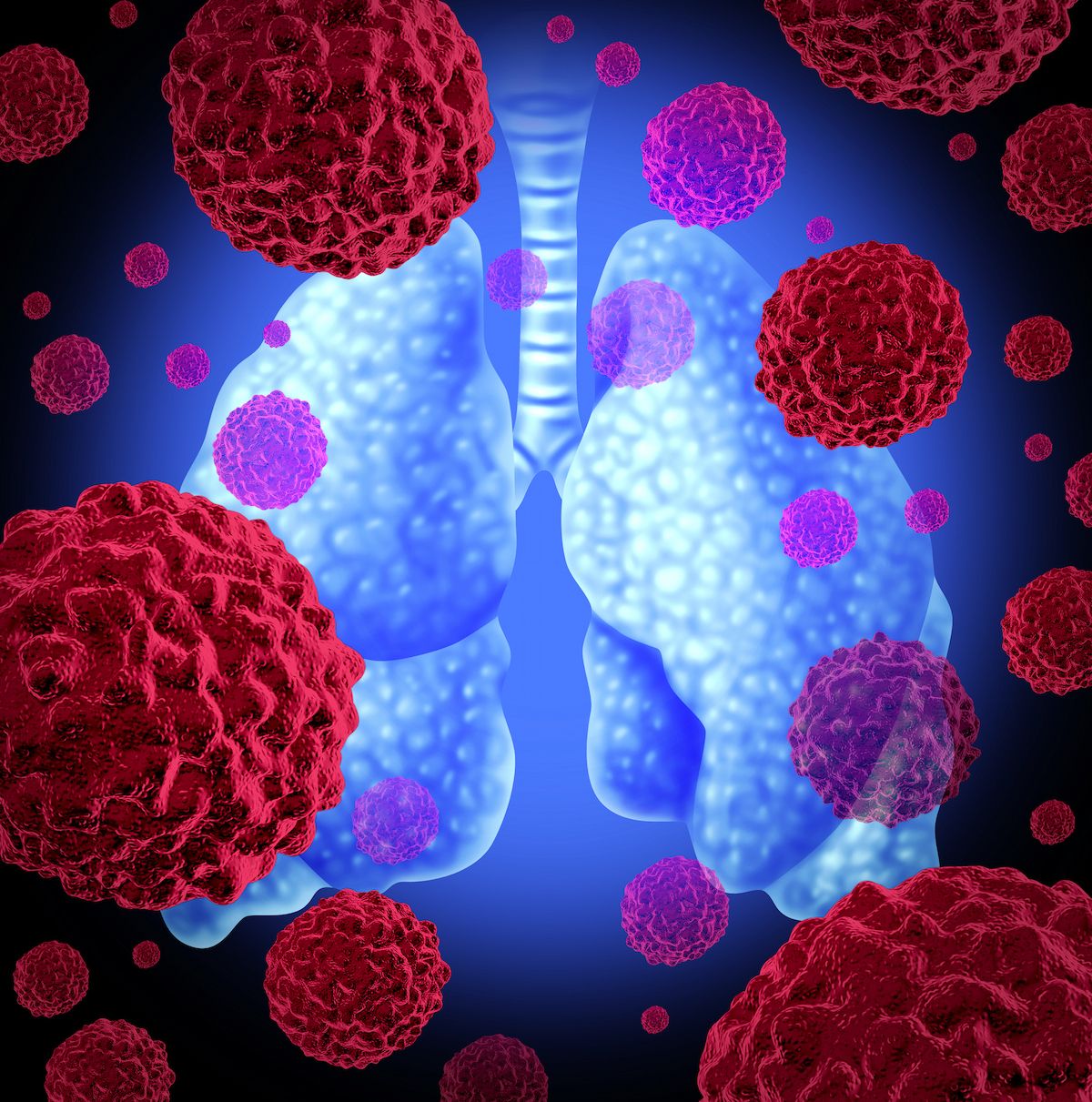Data Support Siglec-15 as Possible Signal in NSCLC and Other Solid Tumors
Detection of S15 and PD-L1 proteins in more than half of NSCLC samples support the potential to target both pathways during treatment.
“The ability of the IHC assay to specifically detect S15 on tumor cells and TAMs position it as a potential patient selection assay to facilitate clinical studies involving S15-targeting therapeutics,” according to the study authors.

Expression of Siglec-15 was reported in tumor-associated macrophages (TAMs) and tumor cells in non–small cell lung cancer (NSCLC) samples and other solid tumor types, according to preclinical findings presented at the 2024 Society for Immunotherapy of Cancer Annual Meeting (SITC).1
A proprietary monoclonal S15 antibody was developed to determine S15 protein expression on tumor tissue, and an immunohistochemistry (IHC) assay was also developed to detect S15 expression across primary human samples and cell lines. S15 expression was tested across a range of tumor types, where tumor positivity was defined as the detection of at least 1% of S15-positive tumor cells at any intensity level, and TAM positivity was defined as the detection of at least 1 S15-positive TAM in a 20-times field in the tumor microenvironment.
Findings showed that NSCLC samples had a S15-positivity rate of 93% comprising a tumor-positivity rate of 3%, a TAM-positivity rate of 41%, and a tumor/TAM-positivity rate of 48%. S15-positivity rates across other tumor types included 85% for breast cancer; 85% for head and neck squamous cell carcinoma (HNSCC); 68% each for bladder cancer, endometrial cancer, and cholangiocarcinoma; 60% for kidney cancer; 55% for thyroid cancer; and 41% for colon cancer.
“The ability of the IHC assay to specifically detect S15 on tumor cells and TAMs position it as a potential patient selection assay to facilitate clinical studies involving S15-targeting therapeutics,” lead study author Krystal Watkins, principal scientist at Pyxis Oncology, and colleagues wrote in a poster presentation of the data.
An ongoing phase 1 trial (NCT05718557) is evaluating the investigational S15 antibody PYX-106 in patients with relapsed/refractory advanced solid tumors, including NSCLC, breast cancer, HNSCC, thyroid cancer, endometrial cancer, bladder cancer, kidney cancer, colon cancer, and cholangiocarcinoma.1,2 Patients need to have histologically or cytologically confirmed disease that has relapsed, was non-responsive, or progressed on standard-of-care therapy.2
The first-in-human study is evaluating escalating doses of PYX-106. The study’s primary end points are the proportion of patients who experienced dose-limiting toxicities and adverse effects. Secondary end points include preliminary efficacy and pharmacokinetics.
In the preclinical study, gene expression data were gathered from The Cancer Genome Atlas to extrapolate which tumor types were associated with higher rates of S15 expression.1
Whole tissue slides from patients with various tumor types were evaluated using an optimized IHC protocol. Tumor types included bladder (n = 19), breast (n = 20), cholangiocarcinoma (n = 22), colon (n = 22), endometrial (n = 19), HNSCC (n = 19), kidney (n = 20), NSCLC (n = 29), and thyroid (n = 20). SI5 expression in normal tissue was also evaluated using approximately 3 cores from different donors per tissue type.
Investigators also examined PD-L1 expression in NSCLC tissue samples via tumor proportion score (TPS). Samples with a PD-L1 TPS of at least 1% were considered PD-L1 positive, and positive samples were split into subgroups of high PD-L1 expression (a TPS of at least 50%) and low PD-L1 expression (a TPS of less than 50%).
Additional findings showed that S15 was overexpressed in tumor samples compared with normal tissue across multiple tumor types.
The proprietary S15 antibody also demonstrated selective and specific binding to S15-Fc; negligible binding responses were observed for other Siglec proteins.
Among evaluable NSCLC samples (n = 23), 43% were PD-L1 negative and 57% of samples were deemed PD-L1 positive, of which 35% were PD-L1 low and 22% were PD-L1 high. Fifty-seven percent of these samples were positive for both PD-L1 and S15; 39% were S15 positive and PD-L1 negative; and 4% were negative for both PD-L1 and S15.
Notably, tumor samples with higher PD-L1 expression were associated with lower S15 expression, but the difference was not statistically significant. Squamous NSCLC samples showed higher PD-L1 expression, and adenocarcinoma NSCLC had higher S15 expression, but these differences were also not statistically significant.
“Detection of both S15 and PD-L1 proteins in more than half of the NSCLC samples tested support the potential to target both immunomodulatory pathways in combination for the treatment of [patients with] NSCLC,” study authors concluded.
References
- Watkins K, Shen C, Liu F, Crochiere M, Pinkas J. Characterization and prevalence of the novel immunomodulatory protein Siglec-15 expression in tumor cells and macrophages across multiple solid tumor indications. Presented at: 2024 SITC Annual Meeting; November 6-10, 2024; Houston, TX. Abstract 521.
- Study of PYX-106 in solid tumors. ClinicalTrials.gov. Updated August 8, 2024. Accessed November 7, 2024. https://clinicaltrials.gov/study/NCT05718557